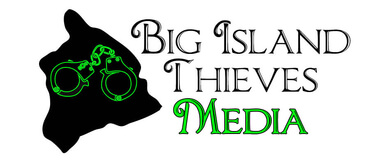In a 73-page decision today, the Hawai‘i Supreme Court unanimously affirmed the First Circuit Court’s ruling upholding the State Board of Land and Natural Resources (Board) decision on a Habitat Conservation Plan (HCP) and Incidental Take License (ITL) for the Na Pua Makani wind power project on the north shore of O‘ahu.
On appeal, Keep the North Shore Country (KNSC), argued the HCP was unlawful because of alleged procedural irregularities and because the plan did not comply with Hawai‘i endangered species statutes. The high court ruled KNSC arguments are unavailing.
In May 2018, the Board approved the HCP and ITL for Na Pua Makani, LLC’s 25-megawatt windfarm near Kahuku, which at that time was not yet built. KNSC opposed the habitat conservation plan and incidental take license, citing the Wind Farm’s potential impact on ‘ōpe‘ape‘a, the Hawaiian hoary bat.
Following significant state and federal agency review, numerous public meetings, and a contested case hearing, the Board approved the HCP and ITL, and authorized Na Pua Makani to take up to 51 ‘ōpe‘ape‘a over the course of twenty-one years, or fewer than two and a half bats each year.
The court added, “substantial evidence supported the Board’s decision to approve the Finalized Plan because both the Board and the Committee (Endangered Species Recovery Committee) utilized the best scientific and other reliable data available at the time of their respective determinations. Substantial evidence (also) supports the Board’s conclusion that the Finalized Plan will increase the likelihood that ‘ōpe‘ape‘a will survive and recover.”
Board member Chris Yuen said, “The Board followed the expert recommendations of the Endangered Species Recovery Committee, and we are deeply gratified the Supreme Court respected our judgment.”
There are three wind farms on the north shore and as of the last annual reports at the end of June 2021, the Na Pua Makani wind farm had not had any known takes of bats, the Kahuku wind farm had had only one in the last 7 years, and the Kawailoa wind farm had not had any since it installed deterrents in June 2019.
The Board found that the wind farm would “eliminate about one million tons of carbon dioxide over twenty years,” “carbon dioxide is the most important greenhouse gas and contributor to global warming,” and “global warming will be disastrous for wildlife.” The Board recognized that while the Na Pua Makani wind power project will have only a small effect in the struggle against global warming . . . ‘[w]e cannot afford to ignore even modest contributions to global warming.’
The Supreme Court also disagreed with KNSC on an alleged procedural irregularity, that then-board member Dr. Samuel Gon’s should have recused himself from decision making because he had been a member of the State Endangered Species Recovery Committee (ESRC) at the time the ESRC voted to recommend approval of the HCP and ITL. The Supreme Court stated, “…neither due process nor any statutory provision disqualified Gon from complying with his statutory obligations and sequentially participating in the Committee and Board proceedings.”
# # #
RESOURCES
Hawai‘i Supreme Court Decision Attached



